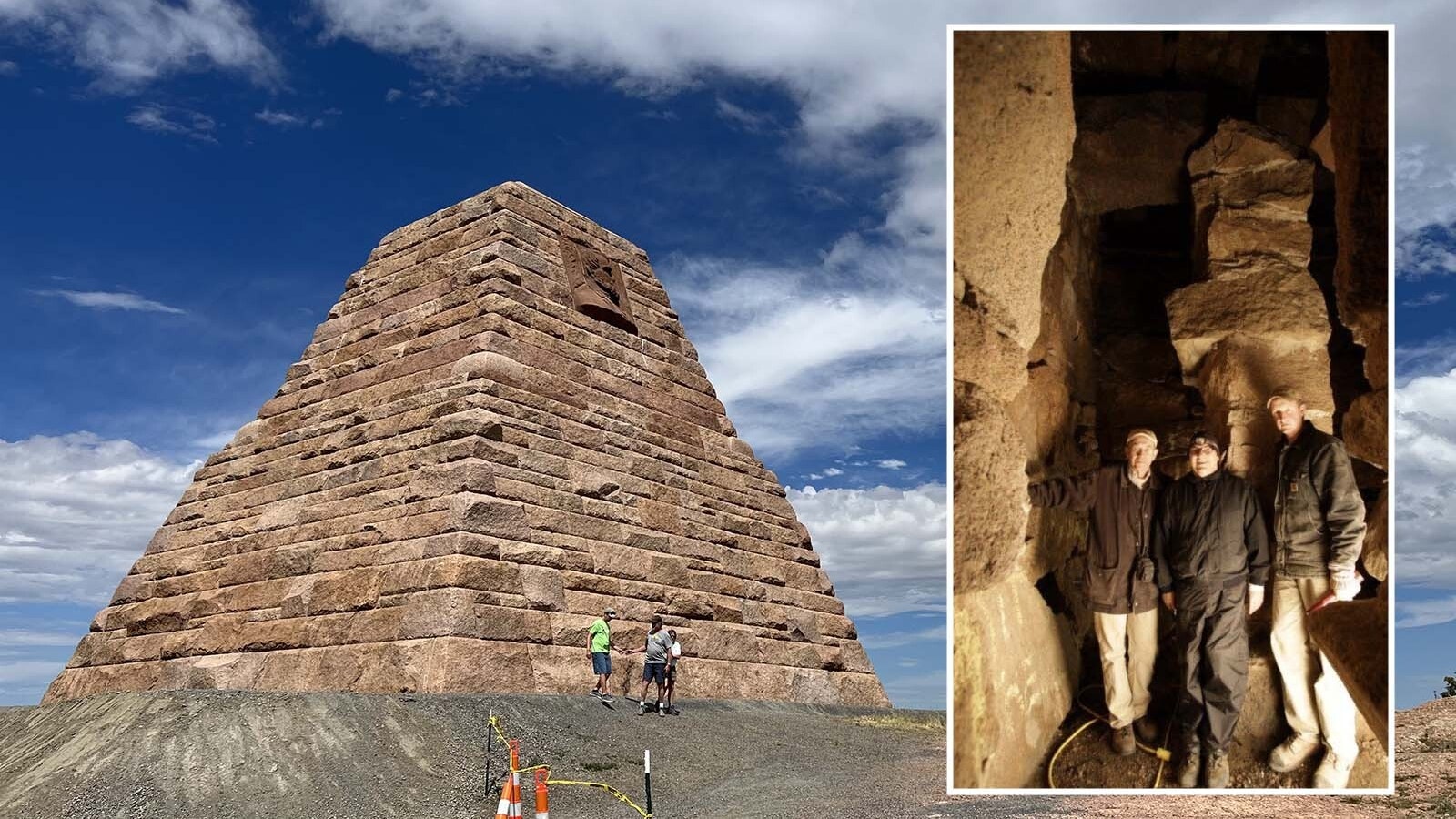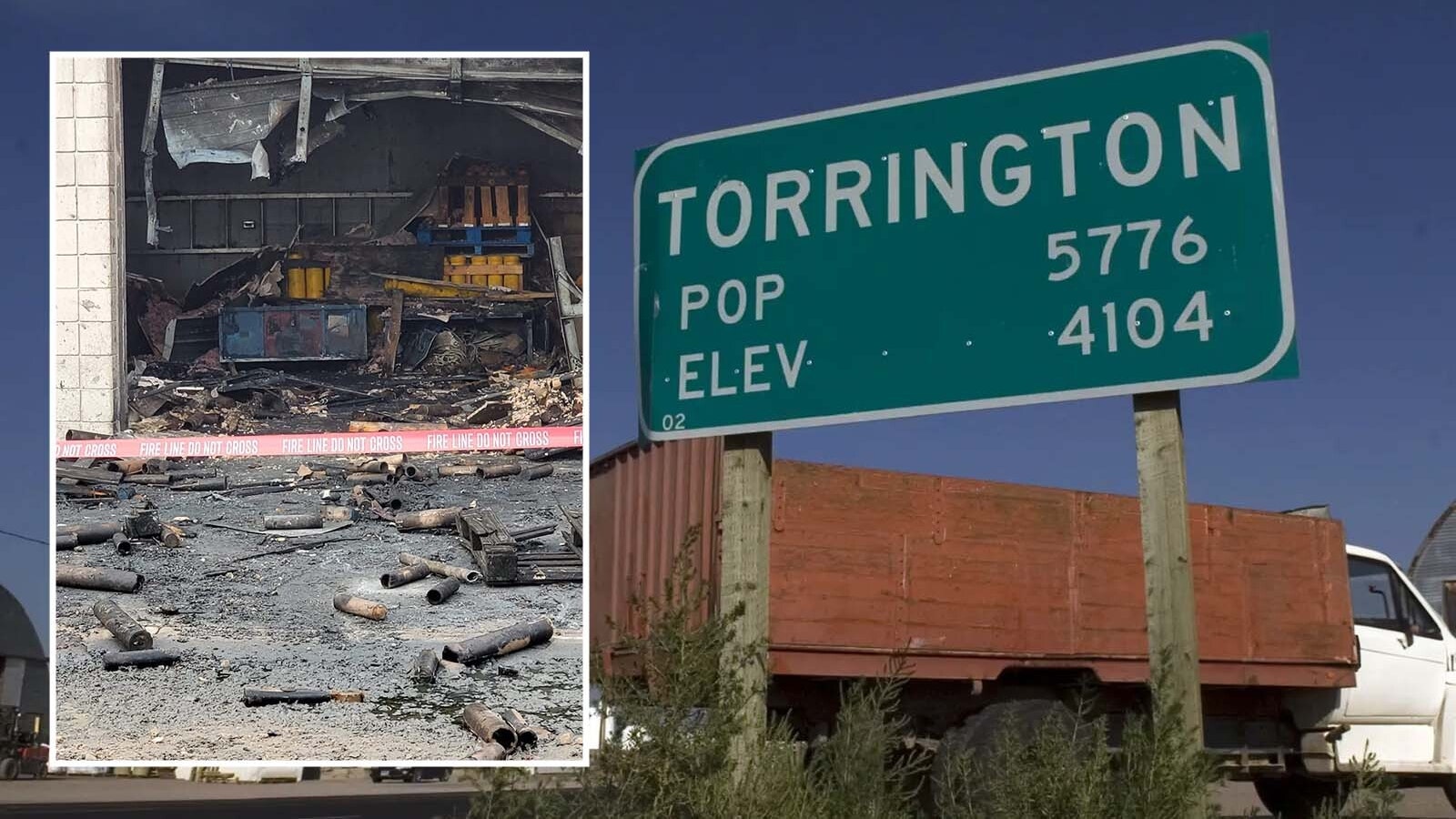Weather-wise, the final days of 2024 will serve as a harbinger for what’s to come to begin 2025. Whatever winter Wyoming has missed so far is expected to arrive in force moving into the new year.
Heavy snowfall in the mountains is starting to drift down with enough intensity to bring scattered showers to lower elevations. Meanwhile, strong winds will carry colder temperatures across the Cowboy State.
“January is going to start with a bang across the U.S., from the Rockies to the East Coast,” said Cowboy State Daily meteorologist Don Day. “There is the potential for several significant Arctic outbreaks in January. They’re modeling snow all the way to New Orleans, Louisiana.
“We don’t know if these Arctic air masses will directly hit or only glance Wyoming, but there are signs of a change.”
A Cold Center
Adam Dziewaltowski, a meteorologist with the National Weather Service office in Riverton, said northerly air from Canada is bringing cooler, “more seasonable” temperatures into Wyoming this week. Some of that is already manifesting as light snowfall in central and eastern Wyoming.
“The pattern so far has favored Western Wyoming,” he said. “The overall flow remains westerly, keeping favorable snow conditions across the mountains of western Wyoming. We need things to sink further south to get more widespread snow in central and eastern Wyoming.”
While the incoming weather might not bring snow, it will cause a noticeable drop in temperature. This week, daytime temperatures in Riverton and Lander will be in the high 20s and low 30s, with nighttime highs in the single digits.
“It's not going to be anything we haven't seen before,” Dziewaltowski said. “Temperatures will be pretty typical for this time of year as we head into early January.”
Wind In The Corner
Meanwhile, eastern Wyoming will end 2024 with waves of cold air and strong winds. There was a High Wind Warning in Cheyenne on Monday, with gusts as high as 60 mph.
“There are a lot of high wind periods coming through,” said meteorologist Matt Roberts with NWS Cheyenne. “What we're seeing in eastern Wyoming is a flow being very conducive to short wave disturbances, which tighten those gradients. And when we see tighter gradients, we expect the wind to start blowing.”
These incoming systems are carrying some precipitation. However, like in western Wyoming, most of that moisture is absorbed in the mountains, leaving little to nothing to manifest as snow down low.
“The main problem is we just don't have a great moisture source coming in,” Roberts said. “We want to see the Pacific Ocean channeling some moisture from the western seaboard through to us, and we haven't seen that. The snow looks confined to the mountains this week.”
The December Hurdle
Day explained that December’s dryness and unseasonable warmth resulted from a “persistent ridge of high pressure” dominating the western half of the U.S. since October. This is a direct result of the La Niña climate pattern generated by the Pacific Ocean.
The La Niña pattern has been good for Wyoming’s mountains, which built up considerable snowpacks in December, especially in the last week. Day said the good news for the rest of Wyoming is that La Niña and the high ridge of pressure it generated are starting to weaken.
“The mountains have gotten a lot of snow since Thursday,” he said. “I think that's the signal. La Niña has reached its peak strength. Now that we’ve gotten over the December hurdle, all indications are that we will get hit by winter pretty hard as we get into January.”
“Getting hit hard” by winter doesn’t have a universal definition across Wyoming, he added. The general trend will be colder temperatures, both on average and especially when compared to the relatively balmy days of December.
Drenched With History
There’s no denying it’s been warmer and drier than normal for the latter half of 2024. Many Wyomingites are concerned that this persistent trend of drought-like conditions could persist into the first months of 2025.
Day has a historical precedent on his side. He cited a similar trend during a La Niña over a decade ago.
“We had a very wet year in 2011, we shifted into a La Niña, and 2012 was one of the driest years in recent times,” he said. “We have seen a very wet 2023 lead into one of the driest years in 2024.”
If the past is present, what does that portend for 2025?
“We busted out of that cycle, and had five or six years of good precipitation after 2012,” Day said. “La Niñas are a drought signal. You get these islands of drought that are very persistent, and it drives everybody crazy. But we bust out of them, and I expect that to happen again.”
Precisely Nothing
When it comes to weather, meteorologists are most comfortable within “the next three days,” as Roberts defined it. While the next three days look colder and snowier overall, there’s no certainty on what January will bring to Wyoming.
Dziewaltowski cited the Climate Prediction Center and its favorable prognosis for Wyoming’s winter weather in 2025.
“They do have a good monthly outlook for January,” he said. “They’re showing increased chances for precipitation across most of the state, and it’s looking better than what it was for December. Fingers crossed that we can get snow or any precipitation across other parts of the state, considering how dry things are right now.”
Future surges of cold air from Canada, mixed with Pacific patterns, will carry precipitation into the lower 48 states. According to Day, the challenge is anticipating where and when those weather systems will impact Wyoming.
“We're going to have to wait and see how far westward the Arctic plunges come,” he said. “You could have sub-zero temperatures in eastern Wyoming and have well above average temperatures in Jackson. These Arctic waves are like waves on a beach. Wyoming is the beach, and you have to get the waves higher and push deeper to climb over the Continental Divide.”
Day said these Arctic waves are “notoriously handled poorly” by long-range weather modeling. None of Wyoming’s meteorologists are prepared to say precisely when we’ll get our winter weather, but it’s on its way.
“We'll have to see how that forecast changes over the next couple of days,” Roberts said. “A little uncertainty climbs quite a bit the further we go.”
Andrew Rossi can be reached at arossi@cowboystatedaily.com.





